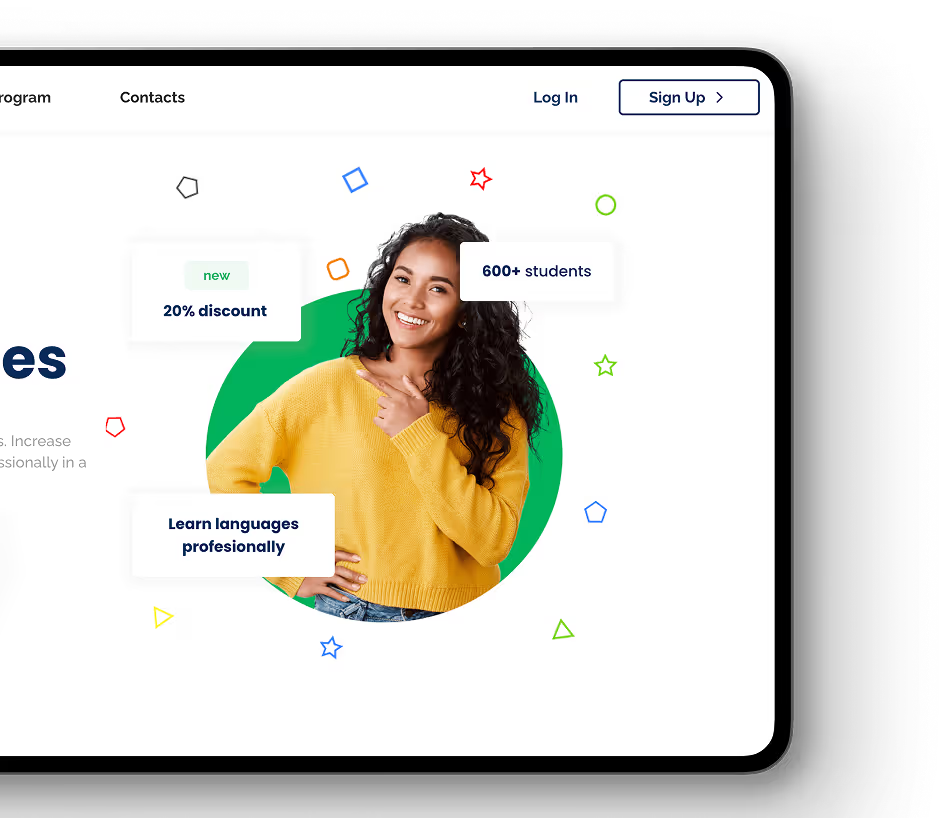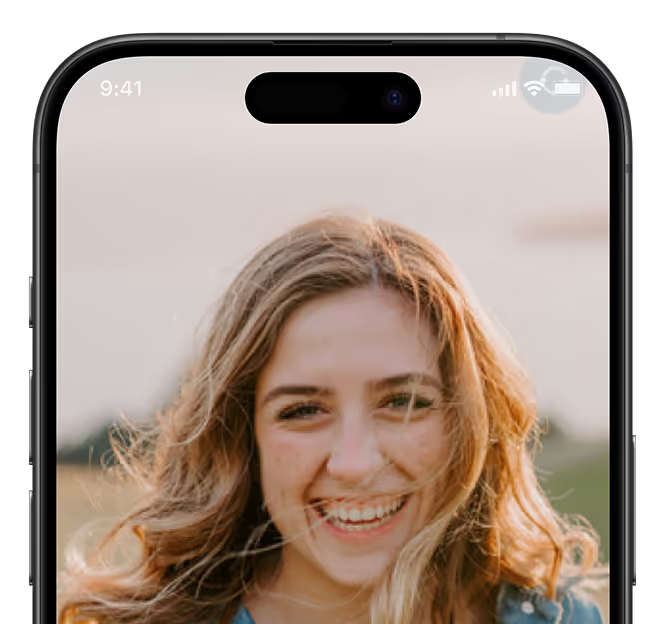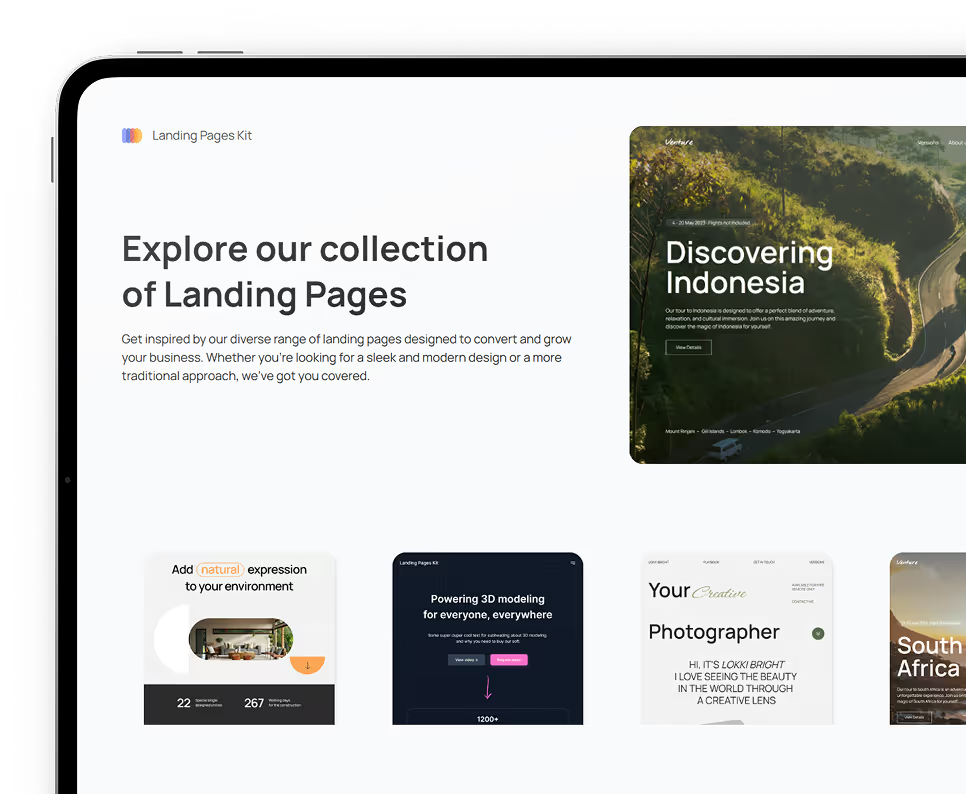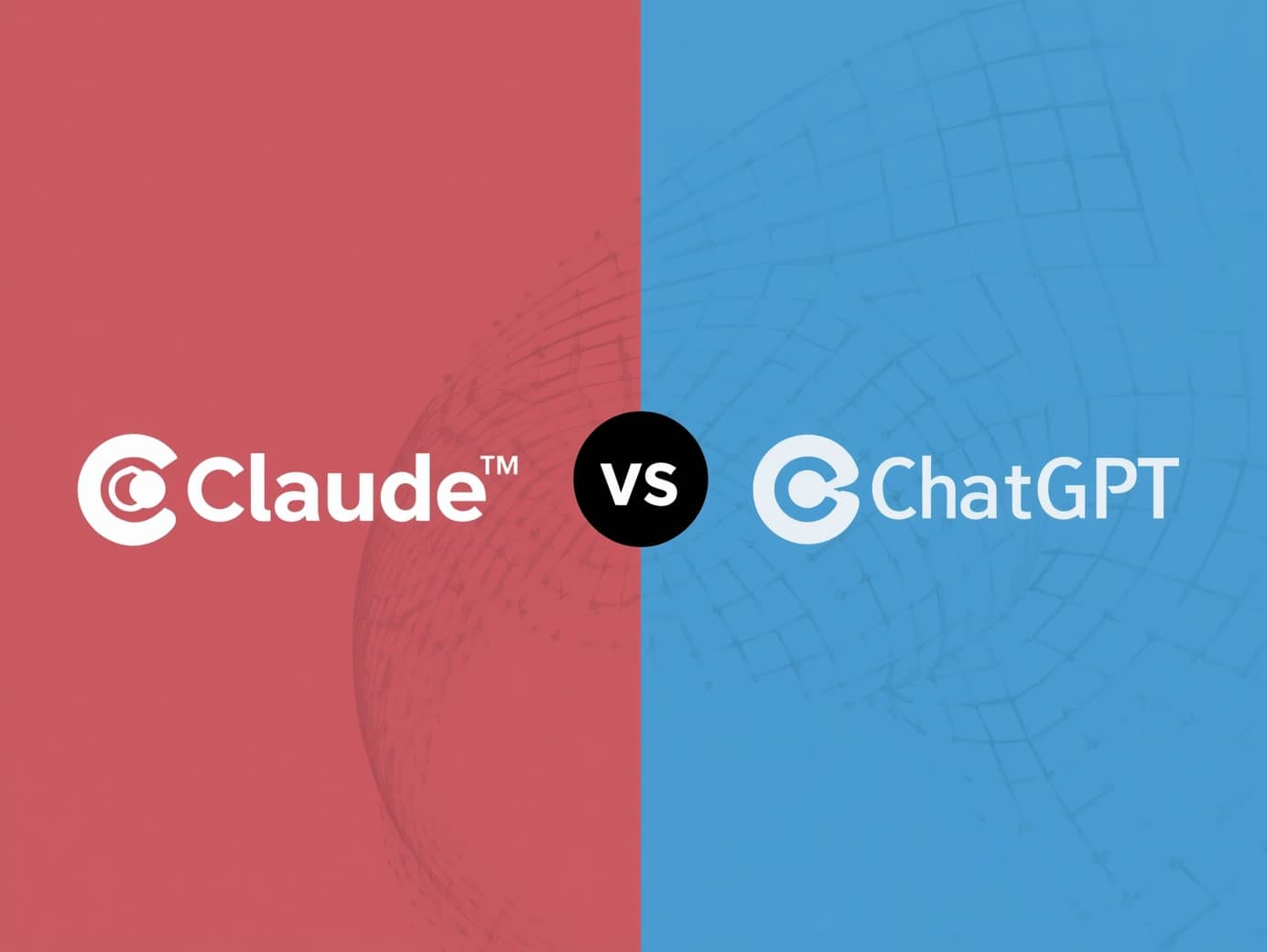September 27, 2023
•
10
min read
Unleashing the Potential of Bubble: Exploring Capabilities & Confronting Limitations
Dive deep into the Bubble platform, understanding its strengths and addressing its challenges.

Bubble is a no-code development platform that empowers individuals, startups, and enterprises to create web and mobile applications without the need for extensive coding expertise. With its intuitive interface and powerful tools, Bubble has emerged as a game-changer in the world of app development.
No-code development platforms like Bubble are on the rise for several reasons. For one, they democratize app development by making it accessible to non-technical users. This democratization sparks innovation, as it allows entrepreneurs and visionaries to turn their ideas into functional applications rapidly.
This article provides a comprehensive understanding of Bubble's capabilities and limitations.
Understanding Bubble
Before we delve into the specifics of Bubble's capabilities and limitations, it's essential to grasp the concept of no-code development.
No-code development is an approach to creating software applications that allow individuals with little to no coding experience to build functional and often complex applications. It achieves this by providing visual interfaces and pre-built components that users can drag, drop, and configure to create their applications. Instead of writing lines of code, users interact with graphical elements to define the logic, functionality, and user interface of an application.
How Bubble Works
Bubble operates on a visual development paradigm, allowing you to define data structures, design user interfaces, and specify workflows through a drag-and-drop interface. To gain mastery over Bubble's capabilities and limitations, start by exploring its visual development features in detail.
Key Features and Benefits
Bubble offers an array of features and benefits, including rapid application development, seamless integration with third-party services, and an extensive plugin library. These features expedite development and offer versatility.
Advantages of Bubble
Explore the various capabilities Bubble offers, and learn how they can benefit your web development projects.
Rapid Application Development (RAD)
Rapid Application Development (RAD) is one of Bubble's standout features. This approach allows you to create web applications quickly and efficiently. With RAD, you can prototype, develop, and iterate your web applications at a much faster pace than traditional coding methods. This speed-to-market advantage is especially beneficial for web developers looking to test ideas, gather user feedback, and refine their applications swiftly.
Seamless Integration with Third-Party Services
Bubble seamlessly integrates with a wide array of third-party services and APIs. This integration capability is a game-changer for web developers. It means you can easily incorporate features of external REST/SOAP/GraphQL API and more into your web applications without having to build these functionalities from scratch. It can also help you with building microservices, processing webhooks, and connecting to MySQL/Postgres db. This not only saves you time but also enhances the user experience by offering a feature-rich application.
However, it is limited by high-volume API, on-premise integration, and building your GraphQL API.
Drag-and-Drop Interface for Effortless Designing
Creating stunning and intuitive user interfaces is made easy with Bubble's drag-and-drop interface. Even if you lack extensive design skills, you can craft visually appealing web applications effortlessly.
This feature empowers web developers to focus on functionality and user experience, knowing that they can achieve professional-looking designs without the need for specialized design expertise. However, it may be limited by native mobile interactions which include swiping.
Extensive Plugin Library
Bubble boasts an extensive library of plugins that expand its functionality. These plugins cover a wide range of features and services, from data visualization tools to ecommerce solutions. Web developers can leverage this library to add complex functionalities to their applications without having to code everything from scratch. It's like having a toolbox full of pre-built components that can be seamlessly integrated into your web projects.
Bubble’s App Building Process
To make the most of Bubble's capabilities and limitations. It's crucial to understand the app-building process within the platform. This process can be broken down into several key stages:
Conceptualizing the App Idea
Conceptualization is the pivotal starting point for any successful web application development project on Bubble. Here's how to go about it:
- Refining Your Concepts: Begin by brainstorming and refining your initial concepts. What problem will your app solve, and how will it benefit users? Clarify your vision, and ensure it aligns with your goals as a developer.
- Translating Concepts into Actionable Ideas: Once your concepts are clear, translate them into actionable app ideas. Define the app's core features, functionality, and purpose. This step helps you crystallize your vision and sets the foundation for the development process.
- Consider Your Target Audience: Understanding your target audience is paramount. Who will use your app? What are their needs, preferences, and pain points? Tailor your app idea to meet the specific requirements of your intended users.
- Define Unique Value Propositions: Identify what sets your app apart from the competition. What unique value does it offer to users? Highlighting these differentiators will be essential for marketing and attracting users in a competitive landscape.
Prototyping and Wireframing
Prototyping and wireframing are critical steps in turning your app idea into a tangible plan. Here's why they matter:
- Swiftly Visualize Your App: Prototyping enables you to swiftly create visual representations of your app's interface and functionality. This visualization helps you and your team gain a clear understanding of the app's structure and user experience.
- Map Out Layout and Flow: Wireframes are like blueprints for your app. They map out the layout, structure, and flow of each screen or page within the application. This visual roadmap guides the development process and ensures a logical user journey.
- Gather Early Feedback: Prototypes and wireframes also serve as valuable tools for gathering early feedback from stakeholders and potential users. This input can be invaluable for refining your app's design and functionality before investing significant development effort.
Building Functionalities and Workflows
Building functionalities and workflows is where Bubble's power truly shines. Here's how to make the most of this capability:
- Utilize the Visual Workflow Builder: Bubble's visual workflow builder simplifies the process of developing complex application logic. Instead of writing code, you create workflows by connecting visual elements. Define how different elements and data in your app interact, such as user actions triggering specific responses. Bubble allows custom events, branching and loops, scheduled actions, and custom algorithms. However, it does not allow native AI.ML algorithms.
- Iterate and Test Continuously: Take advantage of Bubble's iterative development approach. Build functionalities incrementally, test them, and gather user feedback. This iterative process allows you to refine your app's functionalities continuously, ensuring they align with user needs and expectations.
- Achieve Efficiency and Agility: Bubble's approach to building functionalities and workflows significantly accelerates the development process. With less time spent on coding, you can focus on creating robust and user-friendly features while maintaining agility in adapting to changing requirements.
Designing the User Interface
A well-designed user interface (UI) is crucial for a successful web application. Here's how to approach UI design effectively with Bubble:
- Utilize Bubble's Design Tools: Bubble provides a range of design tools and customizable UI elements to help you create visually appealing interfaces. These tools are user-friendly and enable you to achieve professional-looking, fully mobile-responsive screens using Flexbox without extensive design expertise.
- Align with Your Brand: Ensure that your app's design aligns with your brand identity. Consistency in branding elements, such as colors, fonts, and logos, fosters brand recognition and trust among users.
- Prioritize User Experience (UX): User experience is central to UI design. Craft interfaces that are intuitive, user-friendly, and responsive. Conduct usability testing to identify and address any usability issues. You also have the option to use a wide variety of layouts for screen sizes and individual element styles, plus an accessibility feature.
- Iterate and Refine: Just like with functionalities, UI design should be an iterative process. Continuously gather user feedback and refine your app's design based on user preferences and behaviors. This iterative approach leads to a UI that maximizes user satisfaction.
Case Study: Empowering SaaS Company TwentyTwo with Rapid Dev's Web App Development Services
At Rapid Dev, we successfully addressed the needs of innovative SaaS company TwentyTwo by leveraging the capabilities of Bubble and Figma to create a groundbreaking sales platform. This web application not only simplifies template creation but also enables seamless report sharing among sales teams. TwentyTwo's challenge of fostering best practice sharing was met head-on, as Rapid Dev built a user-friendly system that empowers sales representatives, managers, and executives to effortlessly exchange, save, and collaborate on reports and templates.
This real-world project exemplifies Bubble's proficiency in rapidly developing robust and user-centric web applications for SaaS companies, ultimately transforming the way sales teams collaborate and enhance their strategies.
Read The Full Case Study Here!
Exploring Bubble.io's Limitations
Bubble is not without its limitations. We'll address Bubble's limitations, so you're aware of potential challenges that may arise during your web development journey.
Performance and Scalability Concerns
While Bubble offers tremendous advantages in terms of rapid development, there can be concerns about how well it can handle substantial workloads and growing user bases.
Optimizing Performance
To address performance concerns, consider techniques such as Bubble database optimization, caching mechanisms, and asynchronous workflows. You should also dive into Bubble's built-in performance analytics to identify bottlenecks and areas for improvement. Leveraging Bubble's scalability and redundancy features can help maintain responsiveness even during traffic spikes.
Handling Scalability
Scalability is about preparing your application to accommodate a growing number of users and data. You should explore strategies for horizontal scaling, which may involve distributing your application across multiple servers or instances. Also, you must aim to examine load-balancing techniques to evenly distribute incoming traffic. Advanced caching and content delivery networks (CDNs) can further enhance scalability by reducing server load and improving response times.
Customization Constraints
Bubble's capabilities and limitations are connected to its no-code nature, which imposes limitations on customization.
Advanced Workarounds
To address customization constraints, consider using custom HTML/CSS elements within Bubble to achieve specific design or functionality requirements. You should also explore the use of JavaScript plugins to extend Bubble's capabilities and integrate third-party services not directly supported by Bubble.
API Integration
Another powerful technique is integrating with external APIs. You can leverage APIs to add custom features or connect to specialized services that might not be available within the Bubble platform natively. This opens up a world of possibilities for enhancing your application's functionality.
Learning Curve for Complex Apps
Developing intricate applications on Bubble can be challenging for web developers accustomed to traditional coding.
Data Structure Design
Complex applications often involve intricate data relationships. Delve into Bubble's data structure capabilities to model your data effectively. You should also consider using advanced data types, privacy rules, and database optimization techniques to ensure data integrity and performance.
Plugin Development
Consider using custom Bubble plugins to extend Bubble's functionality to meet the unique demands of your complex projects. This may involve integrating with external services, creating custom UI elements, or implementing advanced calculations.
Pricing Structure and Subscription Tiers
Assess Bubble's pricing structure to determine its cost-effectiveness for your projects and clients as an expert web developer.
Assessment and Cost-Effectiveness
Carefully assess your project requirements and budget constraints. Aim to understand the features and limitations associated with each subscription tier and determine which tier aligns best with your project's scope and your client's financial expectations.
Scalability Planning
Consider how the pricing structure accommodates scalability. Will the chosen tier support your application's growth without incurring exorbitant costs? Factor in variables like the number of users, database size, and expected traffic.
Client Education
If you're developing for clients, educate them about the implications of different subscription tiers. Ensure they understand how the chosen tier affects features, limitations, and ongoing costs. This transparency is crucial for making informed decisions that align with your client's goals and budget.
Comparing Bubble with Traditional Development
Bubble's rapid development capabilities often lead to significant cost savings compared to traditional development methods. Conduct a detailed time and cost analysis to make informed decisions.
Balancing the flexibility of no-code development with the needs of a growing app can be complex. Try to explore strategies for iterative development while maintaining flexibility. Also, As a web developer, you must understand when to transition from no-code to traditional development for enhanced customization and scalability, ensuring long-term success.
Community and Support
Tap into Bubble's active and supportive user community to gain insights, share knowledge, and network with fellow experts. Plus you can also rely on Bubble's official support channels to address technical issues and inquiries effectively.
An abundance of online tutorials and resources tailored to expert web developers can accelerate your journey to becoming proficient in Bubble. Explore the Bubble blog and documentation for comprehensive information.
Summary
Bubble empowers developers with rapid development, seamless integration, and a thriving community, facilitating the creation of innovative web and mobile applications. However, there can be a few limitations that hinder you from maximizing this no-code development software. Thankfully, you can overcome Bubble's limitations through advanced strategies and creative solutions, harnessing its potential effectively.
The future of Bubble holds promise as it continues to evolve, bridging the gap between no-code and traditional development methods. Stay at the forefront of this revolution, driving innovation and growth in your projects and organizations. Embrace the power of Bubble and elevate your expertise to new heights.
Are you ready to unlock the full potential of Bubble for your next business project? Let RapidDev be your guide on this transformative journey. Our expert web development services can help you leverage the power of Bubble, turning your visionary ideas into reality. Contact us today to embark on a journey of innovation, efficiency, and growth. Your success is just a click away.
Ready to kickstart your app's development?
Connect with our team to book a free consultation. We’ll discuss your project and provide a custom quote at no cost!
Latest articles
We put the rapid in RapidDev
Ready to get started? Book a call with our team to schedule a free consultation. We’ll discuss your project and provide a custom quote at no cost!











